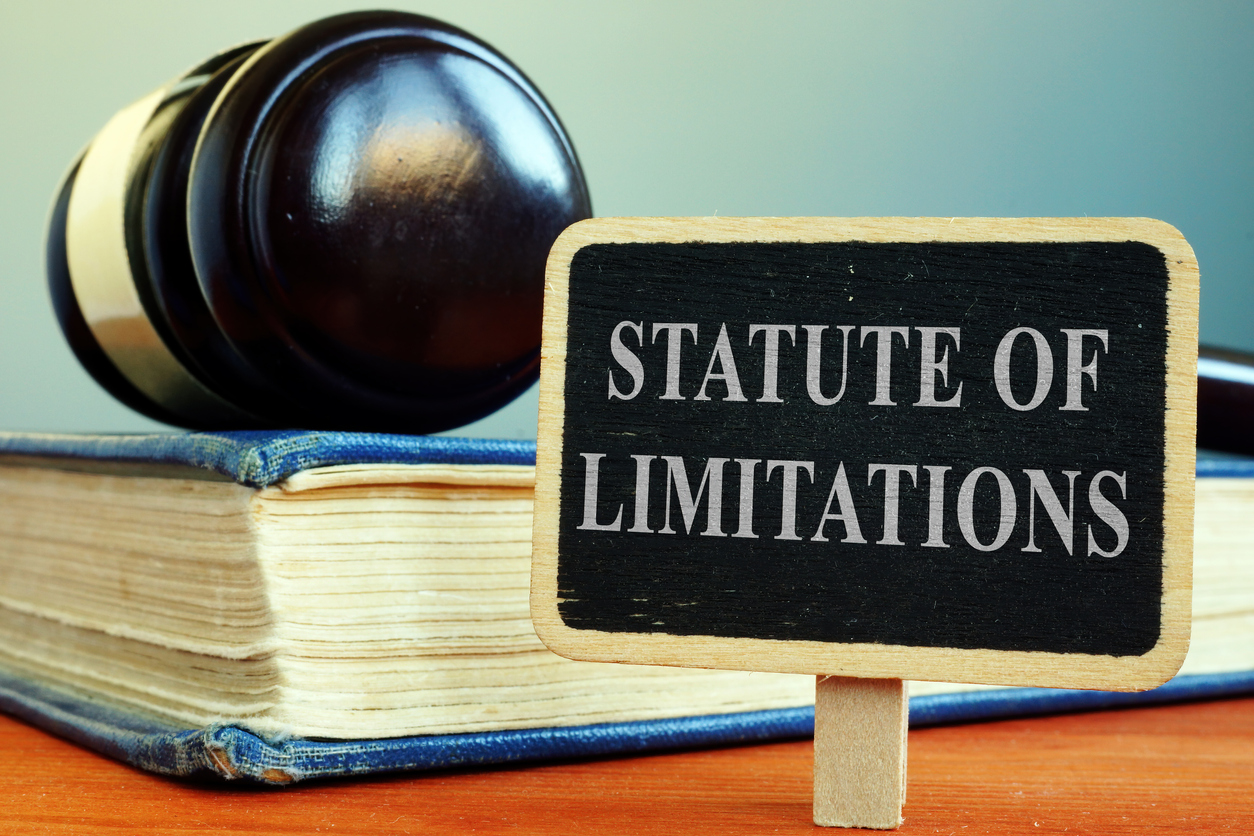In prior posts, I explained that in the event of a sinkhole loss, insurance carriers are required to stabilize the land and building, repair the foundation, and pay to repair the above ground damages resulting from the sinkhole loss. After explaining the different methods for subsurface repair, many of my clients become concerned because the stabilization process often causes additional damages to the structure.
Fortunately, Florida law requires insurance carriers to repair any damages caused throughout the repair process. So if stabilization causes cracking or damages the flooring of a structure, the insurer is obligated to repair these damages.
In fact, engineers routinely recommend that my clients wait to repair any above ground damages until a ninety day cure period has lapsed. Regardless of the stabilization method utilized, additional damages to some degree are likely. Most insurance carriers agree to conduct a post-remediation inspection to pay for these additional damages.
There is no doubt that going through the sinkhole repair process is physically and emotionally draining, but policyholders should find some comfort in their insurance carriers’ obligations to restore their properties to pre-loss condition.
These obligations are important to understand. If an insurance carrier fails to conduct a post-remediation inspection or conducts one and fails to pay for the necessary repairs, the policyholder has a right to challenge this conduct and hold the insurance carrier accountable.



